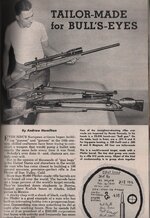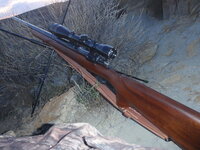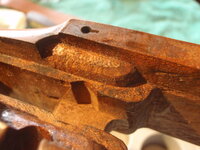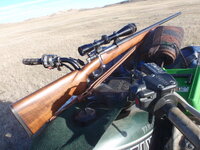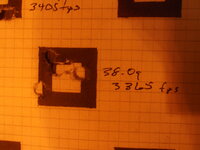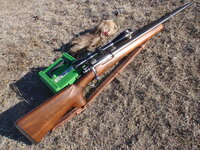Silver Supporter
Bronze Supporter
- Messages
- 4,210
- Reactions
- 6,916
Sometimes the gun finds you. I was looking for an automatic .410: The Viper Bronze (a Turkish clone of an 1100 or Browning) came to notice, and I found that various Cabela's stores had a few lingering. Then I caught simply by chance a gun in the "Library". that was represented as a "vintage target rifle" in .250-3000 chambering.
I am an easy sell for .250-3000 guns. It is the cartridge that taught me that High-Power (and its effectiveness) does NOT need to hurt. Consequentially, the cartridge is responsible for teaching me how to shoot big game rifles. It also taught me that with my participation (and substantial history behind it) it will kill anything on this Continent.
The gun in the Cabela's catalog of "Gun Library", was represented (accurately)as a custom gun of 1950. The best information was that it was still in inventory at a Cabela's in easy driving distance.
I was in 'flirting mode". Merely exploring options. Still looking for a .410 Auto.
But it WAS .250-3000. It gnawed at me.
(more to follow, stay tuned)
I am an easy sell for .250-3000 guns. It is the cartridge that taught me that High-Power (and its effectiveness) does NOT need to hurt. Consequentially, the cartridge is responsible for teaching me how to shoot big game rifles. It also taught me that with my participation (and substantial history behind it) it will kill anything on this Continent.
The gun in the Cabela's catalog of "Gun Library", was represented (accurately)as a custom gun of 1950. The best information was that it was still in inventory at a Cabela's in easy driving distance.
I was in 'flirting mode". Merely exploring options. Still looking for a .410 Auto.
But it WAS .250-3000. It gnawed at me.
(more to follow, stay tuned)







